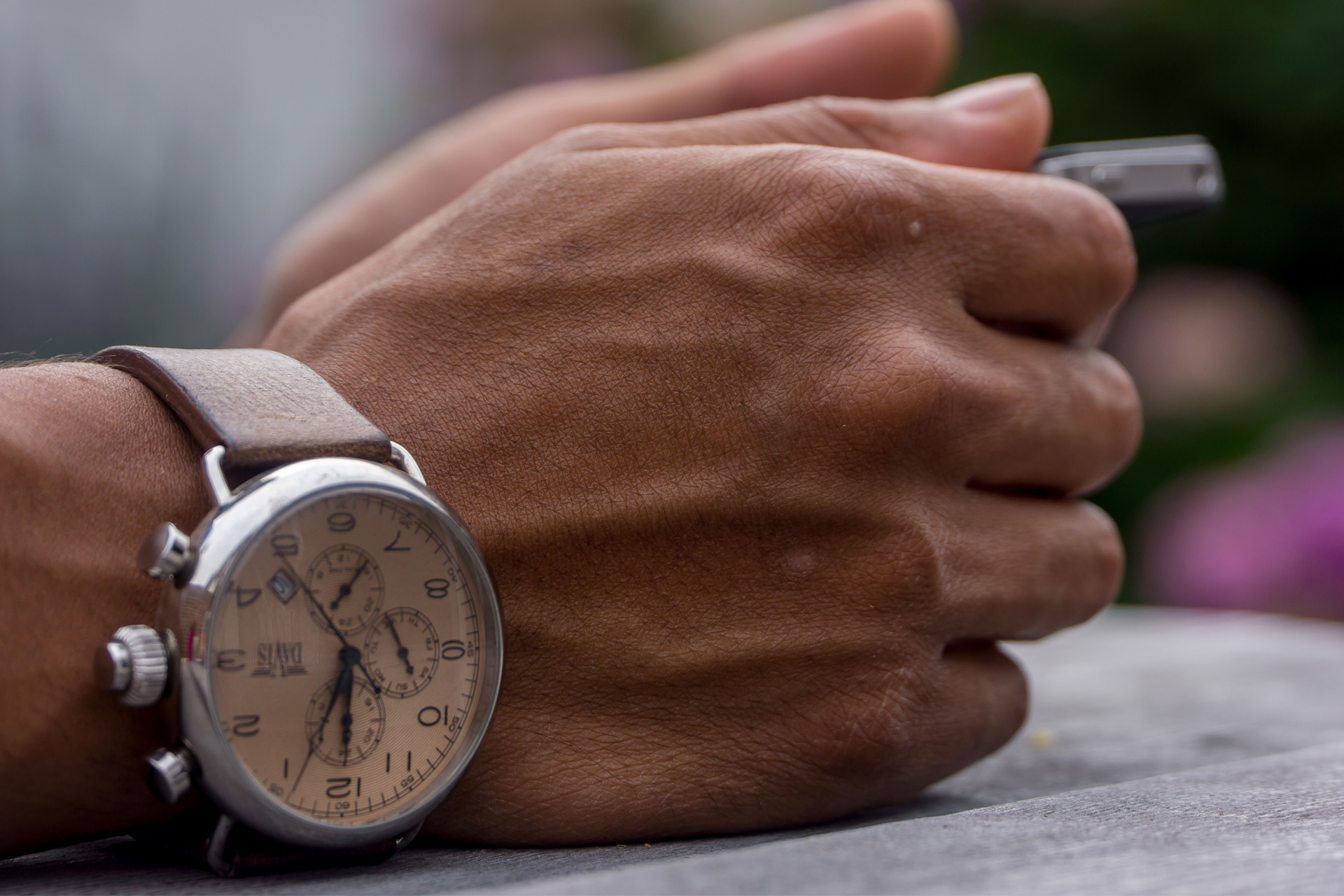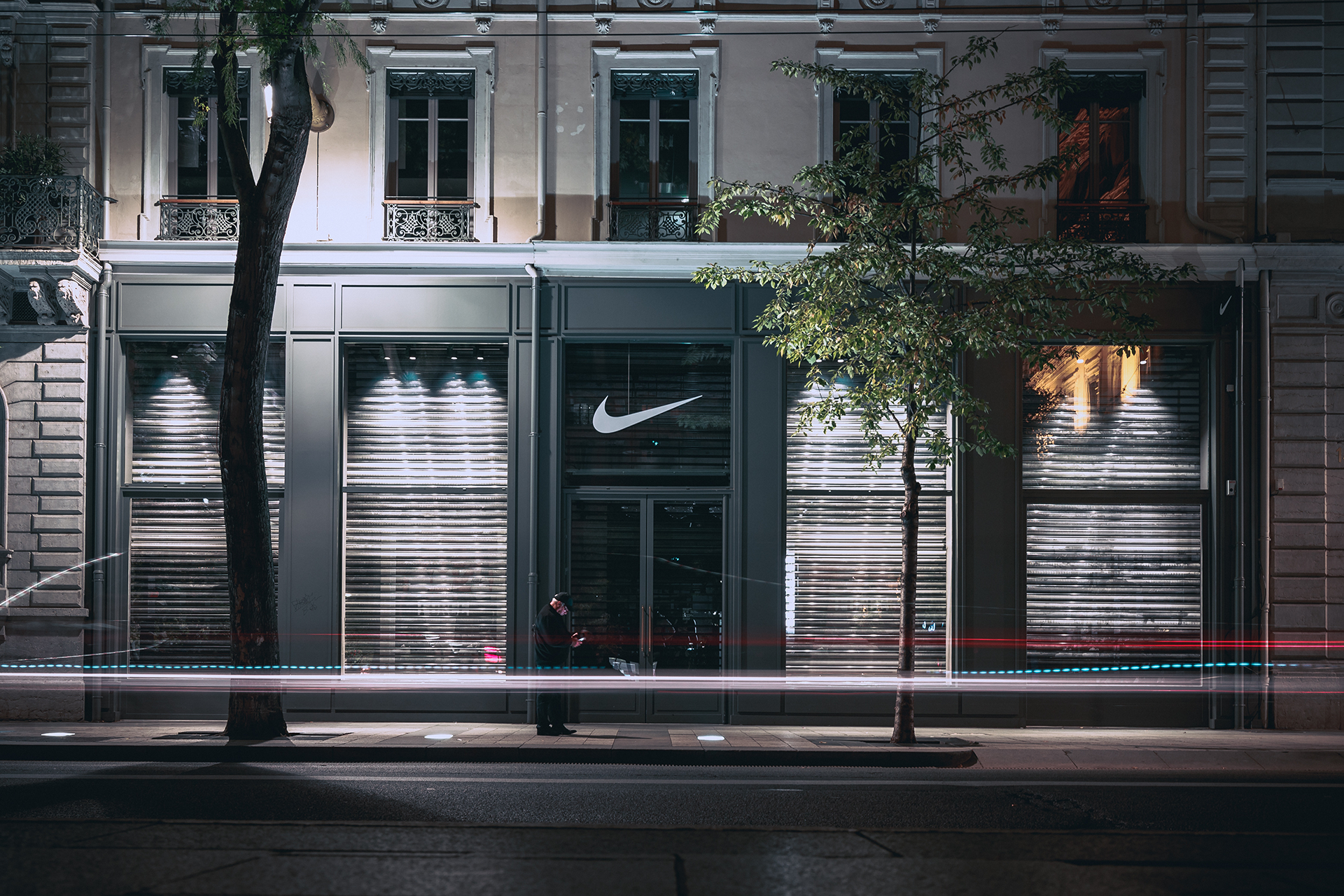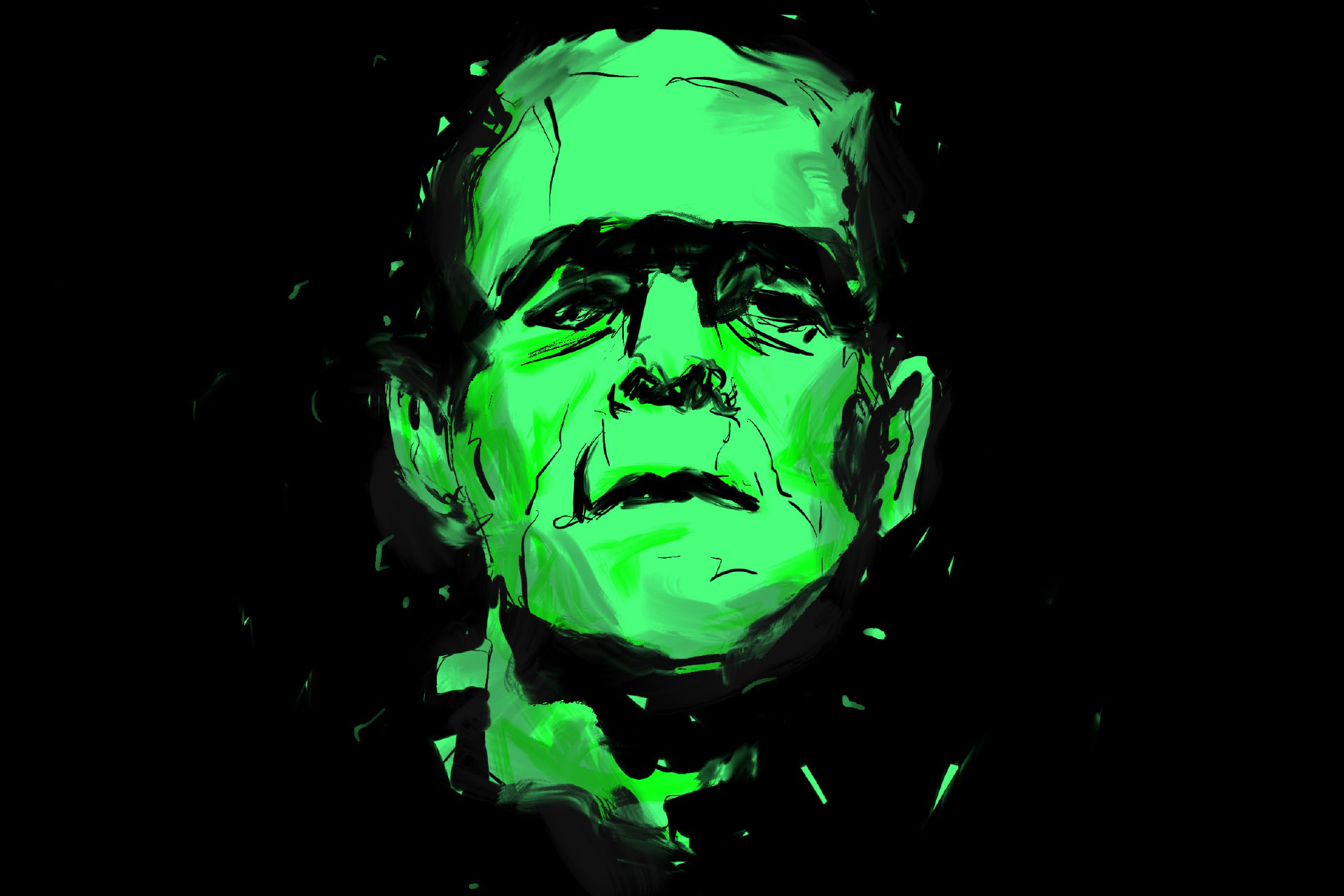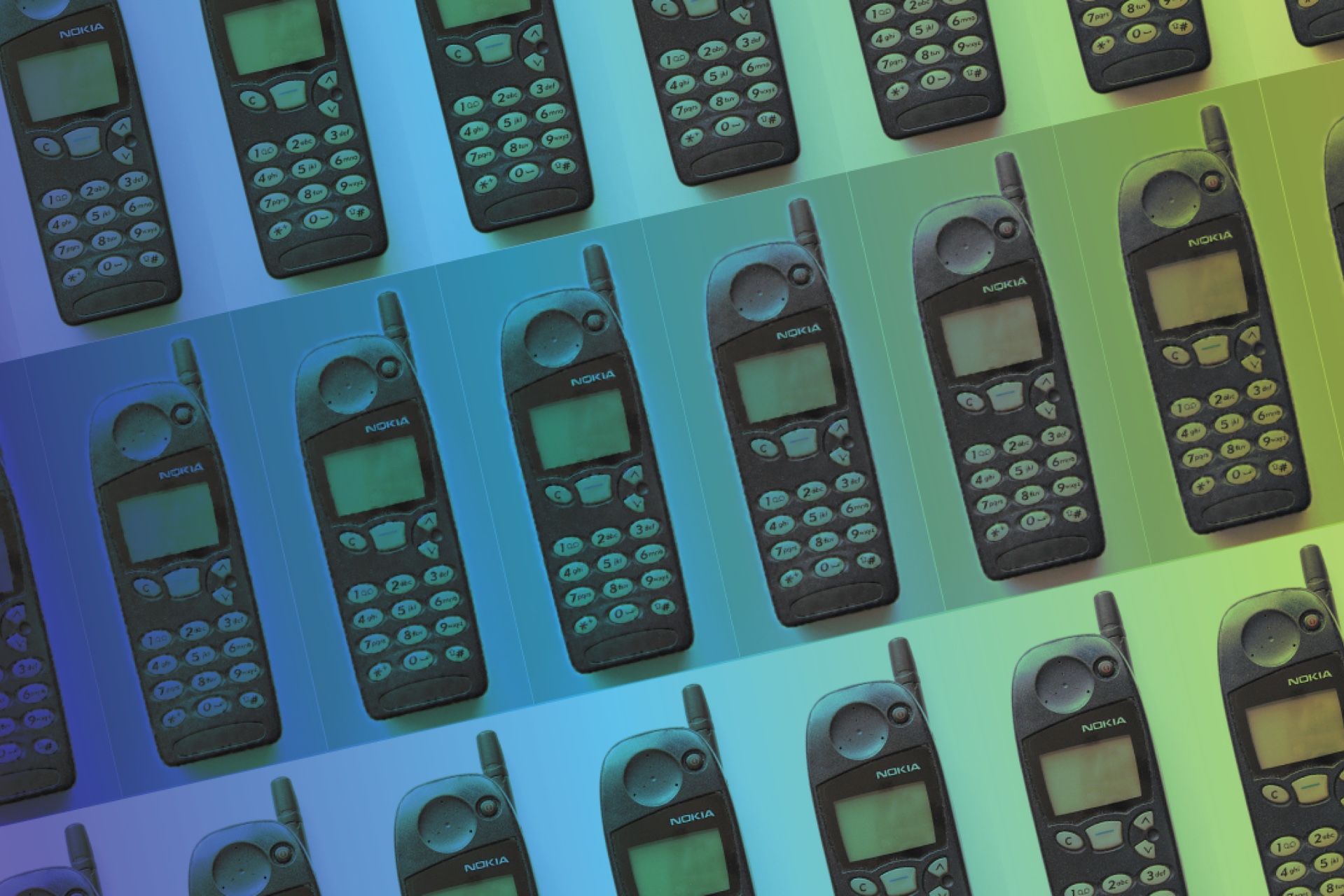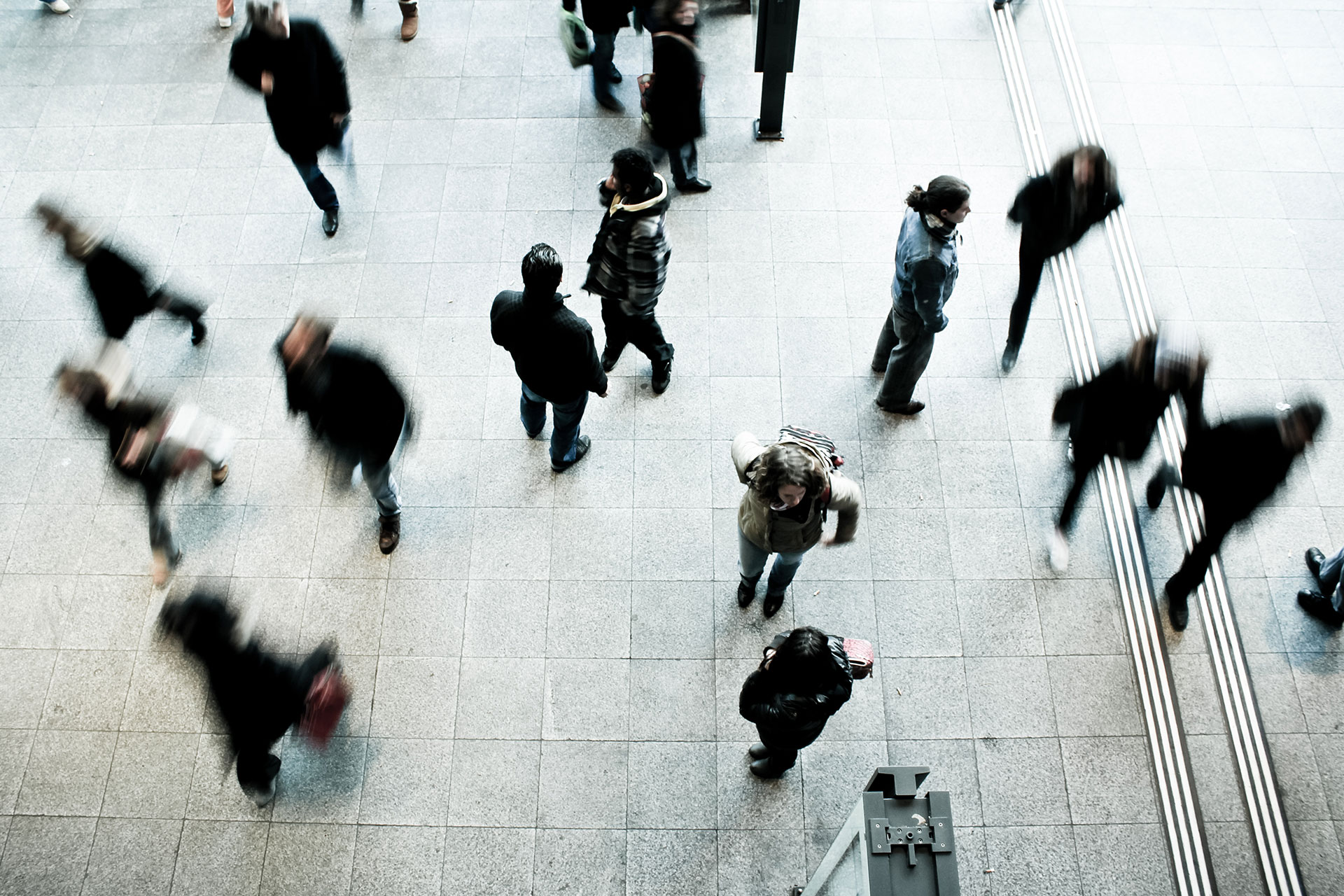Human-Centered Design is not Always Synonymous With ‘Tech’
8 min read
I recently used a McDonald’s kiosk for the first time to place my order. I was in the mood for a chicken sandwich, fries, and a sweet tea. I started by clicking on the value menu section to find the sandwich. Easy enough. Then I scrolled up and down that page looking for fries. It turns out fries aren’t on the value menu (who knew?)—they have a category of their own. So do drinks. I looked through all of the beverage options until I found sweet tea and then selected the size.
The payment part was pretty straightforward. I got done and went over to the pick-up counter to wait, as I was instructed on the screen. It turns out that was not the correct next step. There are actually table numbers you’re supposed to take with you and they’ll deliver your food to you.
Knowing this, I also assumed that since I had to specifically select “sweet tea” from the menu that my drink would also be brought to me. I didn’t realize I was supposed to grab a cup and fill it up myself. So why did I need to scroll through all the different drink options—just so they can track their inventory? There was no instruction for this step and I missed the cups that were stacked behind me when standing at the kiosk.
The process of navigating the kiosk took too long, and I left feeling like I didn’t even know how to order at a fast food restaurant. That’s almost worse than how you feel after you’ve eaten there.
Here’s what I learned from my experience:
I actually don’t know—nor do I care—how the menu is organized. I just know what I want to order.
In the UX world, we throw around the term “information architecture” quite a bit. Basically this is just the structure of how information is organized. Are things sorted in a way that makes sense? Can you find what you’re looking for as quickly as possible?
If you’re a guy shopping for pants on an online clothing store, you likely wouldn’t start with narrowing things down by size (giving you every ‘size large’ in shirts, pants, jackets, etc.) and then selecting blue as the color, and then mens, and then pants last. You already know you’re a man looking for pants, so shopping sites usually start you there.
This works well if you’re browsing. When you know exactly what you want, there’s usually a search bar for that. And lately, companies have been eliminating the need for a search bar (or a screen at all) by allowing you to just use your voice: ”Alexa, buy more paper towels.”
The beauty of using voice, when done well, is that you can speak conversationally to accomplish a task—a method of communication that feels most natural. It’s quick, because you don’t have to look at and perform a set of tasks (each tap or click being a decision you have to make and think about). You also don’t have to think about the order in which you give information. You just say it.
Behind the scenes, the voice assistant is processing everything you said and figuring out the information architecture for you in order to complete the task. It doesn’t matter if fries are on the value menu or in their own section because the system worries about that for you.
So my next thought was, “why don’t these kiosks have voice technology?” Wouldn’t it be amazing if you could go into a restaurant like McDonald’s and, rather than tap your way through a screen to order, just say, “I’d like a chicken sandwich, medium fries, and a large sweet tea,” and it was processed for you?
Maybe McDonald’s is moving toward “Alexa-fying” their kiosks (I don’t know their long-term plan). But I do know that this technology already exists in its most human-like form… humans.
Sometimes the best human-centered design solution is humans.
The biggest trend in UX right now is to make tech more human-like. We used to live in an age of humans adapting to technology—learning how to use it. Now we’re entering a time where tech is adapting to humans—working to match what they’re already thinking and doing, whether that’s through conversational language, mimicking human emotions in a user interface, or the ability to actually talk to the technology.
While the rest of the world moves toward more human-like experiences, McDonald’s is introducing tech into their restaurants that seems to take a step backwards. Amazon knows that people just want to say what they want and it happens—like ”Close my garage door,” or “What’s the forecast for the day?” You could open an app on your phone and tap through a few menus to get those things done, but that’s not where we’re heading. McDonald’s already had a voice system in the form of actual humans, no technology needed.
Sometimes the best human-centered design solution is humans.
It’s tough for me to write about great customer experience without mentioning Chick-Fil-A, the masters in customer experience. Most of their innovations place a focus on people. Whether it’s encouraging customers to put their phones away during their meal (free ice cream if you do!) or simply coaching their staff on how to treat people who come into their restaurants, it’s really the emphasis on people that drives their business, although their chicken sandwiches are pretty good too.
Interaction design isn’t restricted to how people navigate an app—it can extend to the way people interact with one another. And, in my opinion, a positive human interaction is a hundred times more valuable than a positive software interaction.
There has to actually be a problem to solve—and it needs to meet more than just business goals.
A lot of companies want to jump on new tech trends—we all want to keep up. “How can we incorporate AR/AI/VR into our product?” The issue with this is that we’re designing for technology rather than designing for people. It’s important to get to the bottom of the problem you’re solving for people (and even determine if there’s actually a problem to solve).
That said, it’s tough to balance the goals of those using our product or service with business goals, budgets, time restraints, and available technology. It would be a shame to offer a solution that meets only one of those goals but actually creates problems for the others.
In the case of McDonald’s, the kiosks probably do solve for long wait times at periods of high customer volume, offering six-or-so extra stations at which customers can order (assuming the kitchen can keep up). This likely meets business goals—turning over more customers per hour certainly increases revenue.
But at what cost? Even if kiosks are more efficient at moving crowds, the time it takes to place an order on these devices definitely takes longer than just saying it to a cashier at the counter. They’ve actually created more work for their customers, forcing people to “learn” how to use their restaurant. As our world moves toward human-centered experiences, this new way of ordering feels like a step backward—taking the humanness out of the picture, while not always offering much in terms of efficiency.
Technology isn’t perfect either—it’s inevitable that we’ll see an “out of order” sign or be frustrated or confused by a computer system. And while humans can frustrate people or mess up an order, they also have the potential to delight and form relationships with customers in a way that a kiosk simply cannot. These relationships are actually one of the qualities of a great customer experience.
And if there’s an issue with your employees being unreliable, inefficient, or unfriendly, then maybe this is more of a training problem. How much time, money, and resources went into developing these kiosks that could have gone into developing the people who work at McDonald’s?
Don’t confuse “human-centered design” with “new technology.”
When it comes to designing a great human-centered experience, we can’t forget that more technology isn’t always the best answer or what your customers are looking for. Sometimes it can actually create more work for them and take the delight out of their interactions with your business. And even if the technology increases the bottom line, what is the responsibility we have as we continue to design experiences for people?

